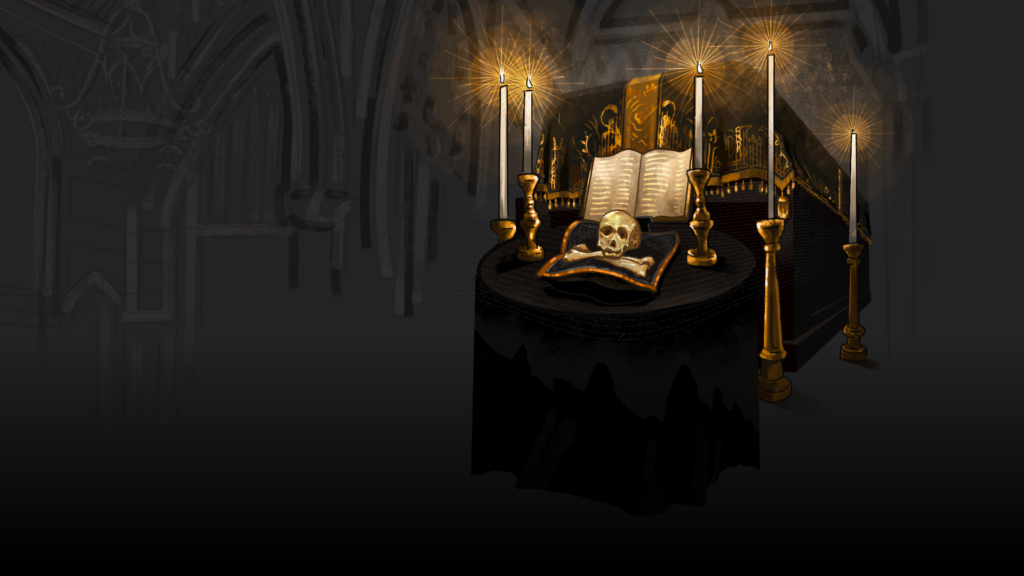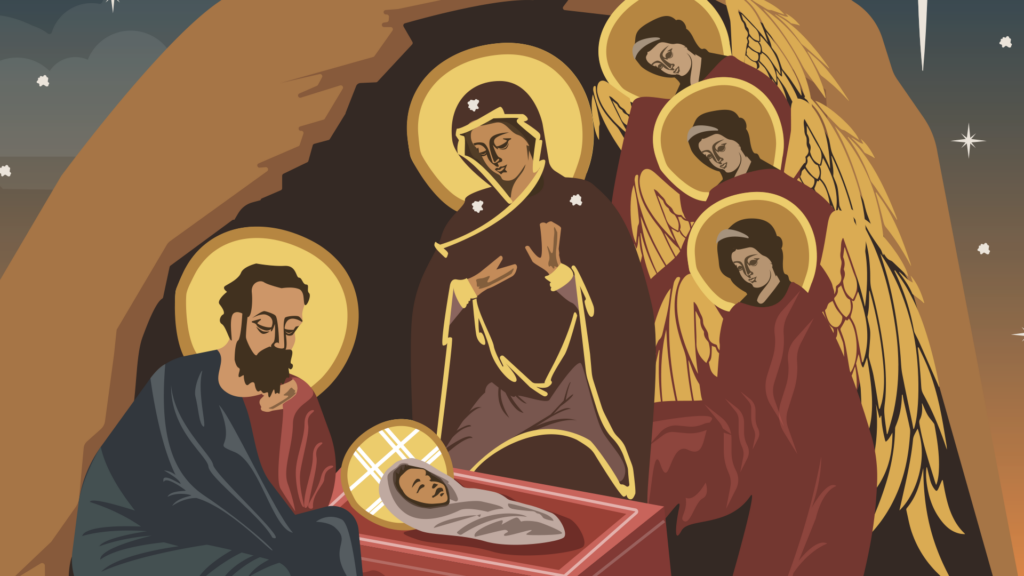I want to explain what the General Instruction of the Roman Missal (GIRM) is, its history and development, and answer the question, “Who should read it?” The GIRM is two things. First, it is the Church’s liturgical law. Second, it is the beginning of the Roman Missal (the big red book the priest uses to say the Mass).
The Code of Canon Law explains the code is not the primary source of liturgical law. It begins: “For the most part the Code does not define the rites which must be observed in celebrating liturgical actions (Can. 2).” Liturgical laws are found in liturgical sources. Explaining its purpose, the GIRM “aims both to offer general lines for a suitable ordering of the celebration of the Eucharist and to explain the rules by which individual forms of the celebration may be arranged” (GIRM, no 21).
The GIRM has a long history. If you open any Roman Missal written between the Council of Trent (1545-1563) and Vatican II (1962-1965), the Missal will start with promulgating decrees, the general rubrics, and the “ritus servandus.” Any Missal written after Vatican II will have similar promulgating letters and—instead of the “ritus servandus”—the General Instruction of the Roman Missal.
The old “ritus servandus” explains what the priest is to do throughout the Mass. It explains the priest’s preparation, the entrance, the beginning of Mass, etc. In each section, it tells him if he should be speaking aloud, standing in the middle of the altar, etc.
In the newer Missal, the GIRM does all of this but also adds theological explanations in some cases. It briefly recounts the history of the Roman Missals promulgated over the past five centuries and explains the situation for the promulgation of the new Missal.
These sections were added as a part of the liturgical reform of Vatican II. The Council decreed that “texts and rites should be drawn up so that they express more clearly the holy things which they signify; the Christian people, so far as possible, should be enabled to understand them with ease and to take part in them fully, actively, and as befits a community” (Sacrosanctum Concilium, no 21). Making the signs understandable was a central aim of the Council and the hundred years of scholarship leading up to the Council.
The first chapter of the GIRM is entitled “The Importance and Dignity of the Celebration of the Eucharist.” It then dives into the “ritus servandus” material. It explains the structure and elements of the Mass, where the priest stands, where the chair should go, what the ambo should be used for, etc.
So, who should read the GIRM? Anyone who is interested in the Mass!
A correct understanding of the liturgy will lead to a correct celebration of the liturgy. The GIRM is the official rule for the liturgy. If you want to know how the Church decided to implement the Liturgical reform of Vatican II, read the official document. Understanding the liturgy can help you worship God in the way the Church constantly praises him.
In his 2007 Post-Synodal Apostolic Exhortation, Pope Benedict XVI encouraged Catholics to read the GIRM so that they can understand the great riches of the liturgy: “The eucharistic celebration is enhanced when priests and liturgical leaders are committed to making known the current liturgical texts and norms, making available the great riches found in the General Instruction of the Roman Missal and the Order of Readings for Mass… These texts contain riches which have preserved and expressed the faith and experience of the People of God over its two-thousand-year history.”
Read the GIRM on the Vatican website: https://www.vatican.va/roman_curia/congregations/ccdds/documents/rc_con_ccdds_doc_20030317_ordinamento-messale_en.html.
Jacob Zepp is a graduate student at the Catholic University of America, where he is pursuing an M.A. in Liturgical Studies/Sacramental Theology. He graduated from Wyoming Catholic College, where he wrote his thesis on liturgical history and theology. Jacob has worked for Exodus since 2020. He and his wife, Anastasia, have one child.






